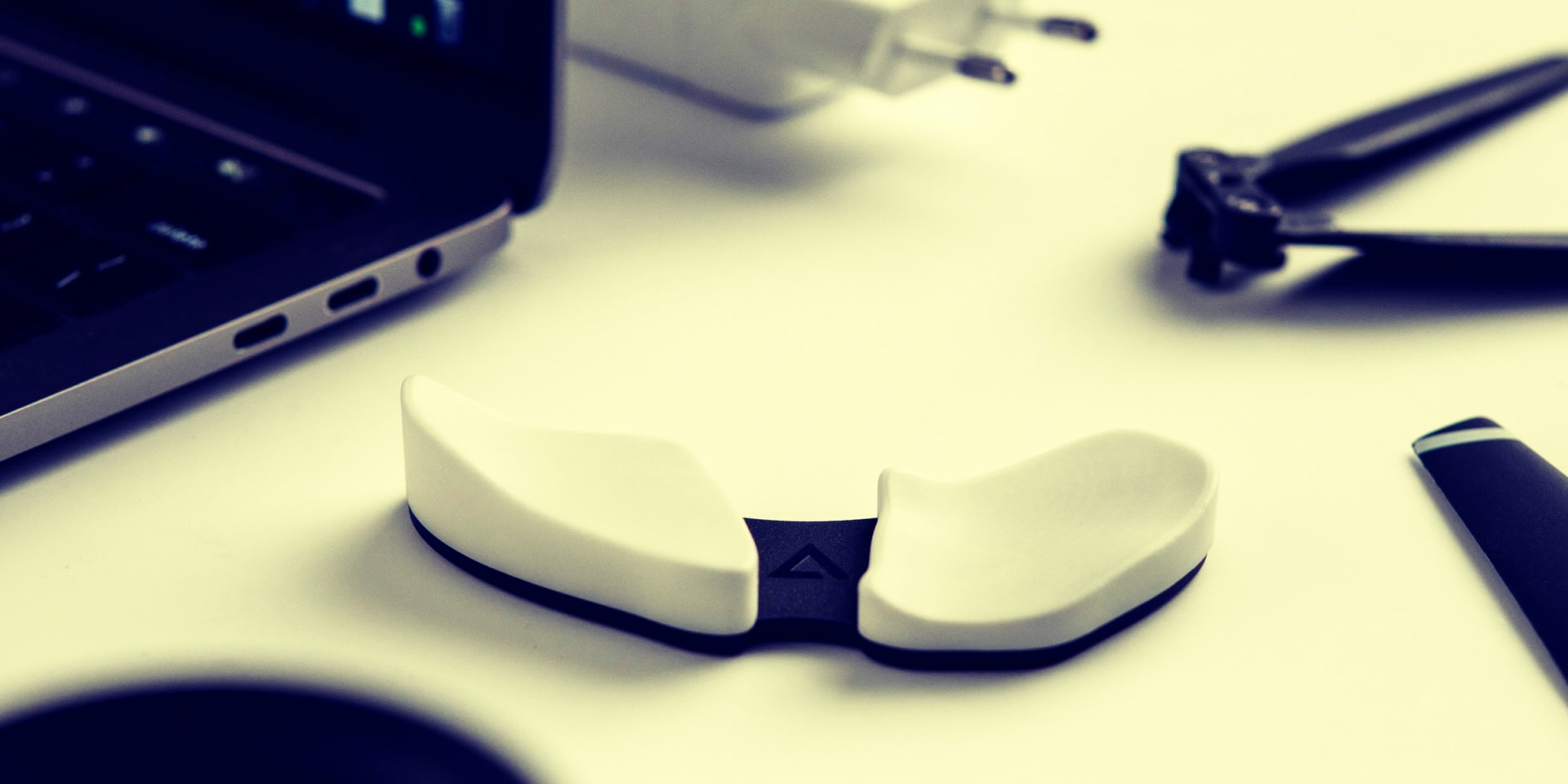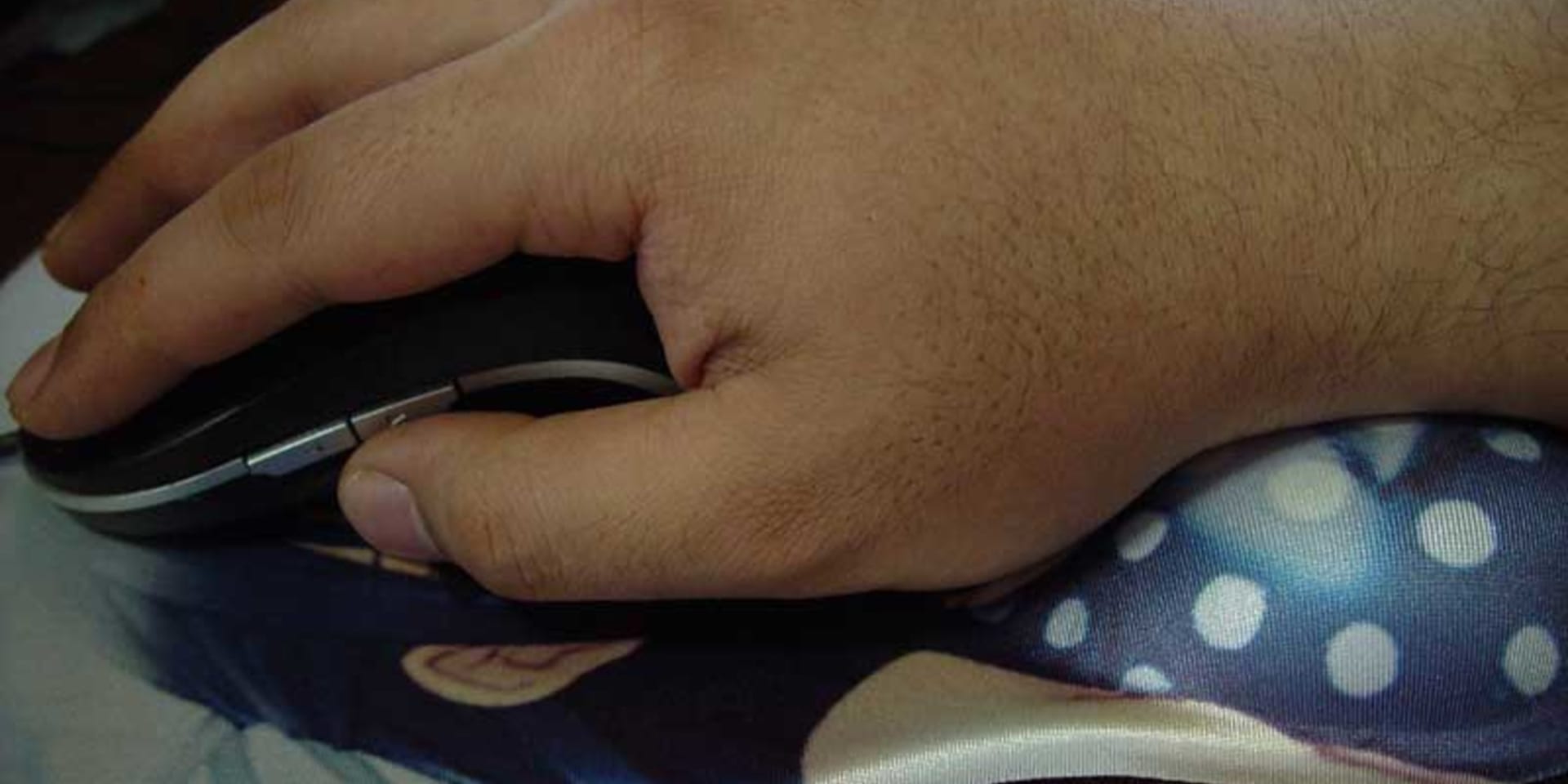For many people, wrist rests are an important piece of computer hardware that can offer relief for wrist pain. If you’re just beginning to explore the idea of using a rest, there’s no need to feel overwhelmed or confused by all the choices that are available.
Here are some answers to common questions about what wrist rests are made of, how long they last, and more.

Table of Contents
What is a Wrist Rest?
A wrist rest is a device that rests on the desk and provides support for the wrists of the user. It reduces stress on your hands, arms, neck and back by taking some of the weight off these areas while you type or work on your computer.
A good wrist rest should be high enough to support your hands without interfering with typing or mouse use; wide enough not to cramp your style; long enough to provide full coverage of both wrists (or at least one); and soft enough not to cause any skin irritation if it’s made from artificial materials like foam rubber or gel-filled plastic.
Why use a Wrist Rest?
The benefits of using a wrist rest are not limited to those who suffer from carpal tunnel syndrome.
In fact, they can provide people with pain in the neck and back as well as those with repetitive strain injury more relief than any other device on the market today.
The reasons for this are twofold:
- Firstly, if you’re sitting comfortably at your desk, your body is better able to accommodate itself.
- Secondly, because it takes weight off of your hands, which means that you will be less likely to experience fatigue or cramping.
You might also find yourself working at a faster pace since typing becomes much easier without having to worry about discomfort in either hand.
Who can benefit from using a Wrist Rest?
While many users find wrist rests beneficial, these devices are not for everyone.
If you suffer from carpal tunnel syndrome, then the best thing that you can do to help it is take frequent breaks while using your computer (if possible), exercise or strengthen any weakened muscles in your forearms and wrists; wear wrist braces while typing; and consider surgery if symptoms don’t improve.
People who experience pain in the back of their hands, arms or shoulders might also benefit from using a rest because it takes weight off of these areas (although some people report having this problem when they use them) but since there are other alternatives on the market today like ergonomic keyboards and mice, you might also want to investigate those first.
What materials are most Wrist Rests made of?
Wrist rests typically consist of four different material types: foam rubber, gel-filled plastic, wood and aluminum.
Foam Rubber
This is the softest type of wrist rest available, which means that it’s also the least expensive; generally between $5 to $10; and as such, can provide some relief for arthritis or chronic pain as well as carpal tunnel syndrome (although there are other alternatives like ergonomic keyboards and cups that offer more support).
It’s made from a thick layer of cushioned foam or rubber that rests atop a molded plastic or metal base. Some models have a wrist rest that you can remove from the base or detach from the keyboard, but these tend to be the least expensive.
They also have a tendency to lose their shape relatively quickly and develop rough surfaces which can scratch your desk or cause skin irritation.
Gel-Filled Plastic
These are higher quality alternatives to foam rubber rests that provide more cushioning and support for your wrists while looking nicer on your desktop as well. They’re made from a lightweight plastic shell filled with gel crystals that conforms to your hand’s natural contours as you use it (hence allowing it to reduce fatigue and discomfort).
These tend to be slightly larger than foam rubber models; slightly pricier at $15-$20; and as such, won’t slip as easily as the cheaper models if they’re affixed to your desk with adhesive (some of them even come with a nonskid bottom).
One downside is that some people find gel-filled rests too warm for their hands and wrists, and since it doesn’t ventilate and dry itself like foam rubber does, you might experience sweaty palms after using one.
Wood
These are slightly pricier at $20-$35; but also last the longest by far; rest on top of your desk rather than inside or underneath; can be used without an adhesive (although you’ll need something to keep them from sliding around); and look better on your desk than either of the previous two because most models sport a black or brown finish.
Since they’re made from a natural material, it’s a good idea to wipe them down with a damp cloth every few days to remove dust and other residue that might collect on their surface or soak up your hands’ sweat after using the rest for an extended period of time.
Aluminum
This is the priciest type at $30-$50; but also the most durable because these rests are manufactured from solid metal rods that rest atop your desk instead of inside it. This makes them easy to clean by just wiping them down with a moist towel, and as such, they do not need any special adhesive to keep them in place (although you could certainly use some if desired).
Drawbacks of Wrist Rests?
There are several, but probably the biggest drawback is that people who use rests regularly (and especially those who like to type for lengthy periods of time) report wrist or hand pain because it essentially changes how you type by requiring you sit with your hands lower than you normally would; putting strain on your wrists and forearms as well as on your fingers.
This can be particularly problematic if you already suffer from carpal tunnel syndrome, since using a rest might make the problem worse over time.
Another issue is that since they’re typically soft cushions resting underneath them puts pressure on them, which causes them to compress and lose their shape over time, causing them to become uncomfortable after extended use.
Also, some people report experiencing sweaty palms after using an ergonomic rest because it’s made from a porous material which wicks away moisture.
How comfortable are Wrist Rests?
It depends on the model.
For example, foam rubber models offer the least amount of support since they’re made from soft but firm foam that can flatten quickly over time; while gel rests are designed to provide optimal comfort by conforming to your hands’ natural contours, which cause them to take several times longer than their cheaper counterparts to become flat.
It is important to note that gel rests are made from a lightweight plastic shell filled with gel crystals, which conform to your hand’s natural contours as you use it (hence allowing it to reduce fatigue and discomfort). These tend to be slightly larger than foam rubber models; slightly pricier at $15-$20; and as such, won’t slip as easily as the cheaper models if they’re affixed to your desk with adhesive (some of them even come with a nonskid bottom).
One downside is that some people find gel-filled rests too warm for their hands and wrists, and since it doesn’t ventilate and dry itself like foam rubber does, you might experience sweaty palms after using one.
Are wooden wrist rests comfortable to use?
Yes. They’re slightly pricier at $30-$60; but they offer optimal comfort because they’re made from solid wood which is naturally porous and allows it to breathe.
Since they’re typically used in conjunction with a keyboard, it’s also common for them to come with nonskid feet or adhesive backing so that they don’t slide around when in use.
Are gel wrist rests comfortable to use?
If you choose a model with ample support consisting of soft yet firm foam filled with gel crystals, then yes, they should be quite comfortable.
However, since cheaper models are made from poor quality foam that flattens out over time or require adhesives just to keep them attached to your desk, there are much better alternatives available.
Are resin wrist rests comfortable?
Yes. They typically consist of a durable resin material that’s designed to take years of abuse without breaking down, and as such should come with nonskid feet for use on hard surfaces or adhesive backing if you plan on sticking them to your desk.
Which type of wrist test is best?
It depends on your needs, but if you’re looking for a long-term solution, foam is typically the best choice since it’s soft and firm enough to support your wrists while also offering ventilation so that it can dry itself after prolonged use.
It’s also the cheapest at $6 (though you should expect to replace it every year or two).
On the other hand, if you’re looking for something that will provide optimal comfort, then gel rests are your best bet since they offer full support while conforming to your hands’ natural contours.
They’re also the priciest option at $15-$20 (but should last several years), and as such won’t require adhesive backing to keep them attached to your desk.
However, some people find gel-filled rests too warm for their hands and wrists, and since it doesn’t ventilate and dry itself like foam rubber does, this can cause sweaty palms after extended use depending on climate conditions.
What are the benefits of using a wrist test?
A wrist rest can help reduce fatigue and discomfort by providing a nice flat, padded surface for your hands to sit on while typing or mousing.
They also provide optimal support by slightly elevating your wrists, which takes pressure off of tendons and veins.
Wrist rests are especially beneficial if you type for several hours each day since the combination of desk height, sitting position, and keyboard tray position has a significant impact on comfort.
FAQ
How long does wrist rest last?
Typically, between 1-5 years. Obviously, the more expensive models with solid wood construction will last significantly longer than those made from cheap plastic or foam rubber that flattens out over time, though all wrist rests eventually become flat due to prolonged use since your hands and wrists compress them.
Is wrist support good for mouse pad?
Yes. A wrist rest can help take pressure off of your wrists when using a mouse by providing a flat, solid surface for them to rest on.
Are mouse pads with wrist rest good?
Not necessarily. Some models are designed with a wrist rest and palm support integrated into the same device which can help increase comfort while using a mouse, but others simply provide only one or the other so it’s important to look closely at their design before deciding if they’re right for you.
Does putting weight on wrist cause carpal tunnel?
Only if prolonged pressure is applied to your wrists over an extended period of time, either from typing excessively without taking a break or from sitting in poor posture positions which place excess strain on tendons and veins.
In those cases, pain and numbness should disappear once you take a break or adjust your position. In more serious cases where inflammation develops then medical attention may be required to resolve the problem.
What to do when rubber wrist rest on the keyboard is sticky?
If your rubber wrist rest has turned sticky after cleaning it, then you will want to wipe it down with a damp cloth and let it air dry.
After that, you can apply spray-on adhesive to the underside of the wrist rest (where dust and skin cells collect) before attaching it to your desk or keyboard tray.
If that doesn’t solve the problem, then you may need to replace the entire wrist rest, since worn padding material typically causes this issue over time.




